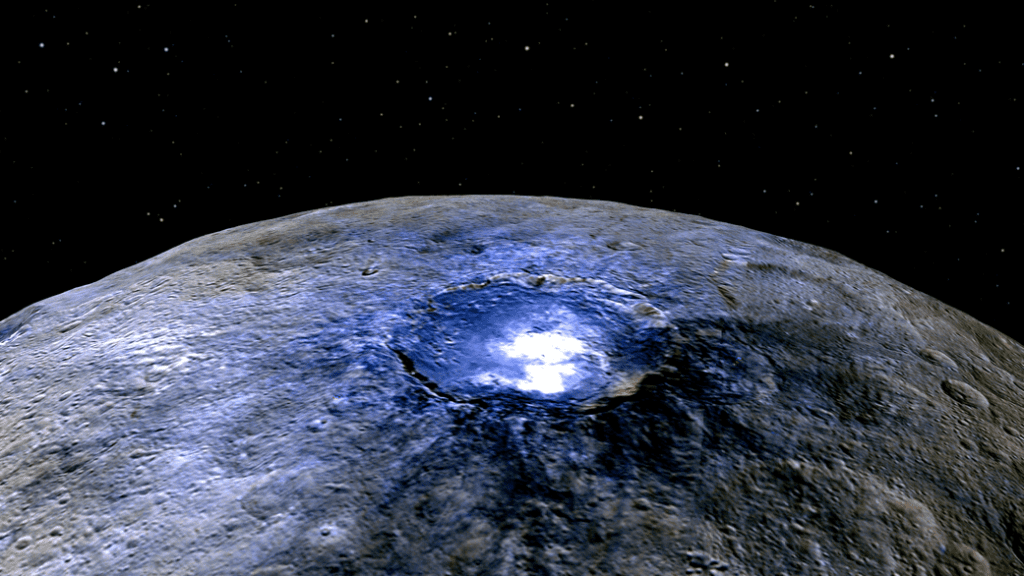You can’t be an advanced civilization until you have a planetary defense office – and it sounds incredibly awesome no matter how you look at it.
The Planetary Defence Coordination Office (PDCO) will control all NASA-funded projects to identify, study and if needed, protect from all the asteroids and comets that will pass near Earth. The main responsibilities of PDCO are:
- Ensuring the early detection of potentially hazardous objects (PHOs) – asteroids and comets whose orbit are predicted to bring them within 0.05 Astronomical Units of Earth; and of a size large enough to reach Earth’s surface – that is, greater than perhaps 30 to 50 meters;
- Tracking and characterizing PHOs and issuing warnings about potential impacts;
- Providing timely and accurate communications about PHOs; and
- Performing as a lead coordination node in U.S. Government planning for response to an actual impact threat.
The main day to day tasks will be monitoring and, tracking and characterizing PHOs. Additionally, as part of the planetary defense strategy, the office will develop techniques for deflecting or redirecting PHOs. Also, in the unlikely event of an asteroid being on course for a collision with Earth, the PDCO is responsible for providing timely and accurate information to the Government, the media, and the public.
“Asteroid detection, tracking and defence of our planet is something that NASA, its interagency partners, and the global community take very seriously,” said John Grunsfeld, associate administrator for NASA’s Science Mission Directorate in Washington. “While there are no known impact threats at this time, the 2013 Chelyabinsk super-fireball and the recent ‘Halloween Asteroid’ close approach remind us of why we need to remain vigilant and keep our eyes to the sky.”
Last year, a consortium of more than 100 scientists and artists joined forces to raise awareness for Asteroid Day – but unfortunately, this kind of much needed awareness also spurred a long streak of hoaxes and disinformation, with many “Doomsday” posts going viral. This is where the PDCO hopes to set things straight, working to keep the public informed.
“The formal establishment of the Planetary Defence Coordination Office makes it evident that the agency is committed to perform a leadership role in national and international efforts for detection of these natural impact hazards, and to be engaged in planning if there is a need for planetary defence,” said Lindley Johnson, NASA’s newly named Planetary Defence Officer. Damn that job title sounds awesome!
If things were to become really hazardous, the office would work closely with FEMA – the Federal Emergency Management Agency.
“FEMA is dedicated to protecting against all hazards,” said FEMA administrator Craig Fugate, “and the launch of the coordination office will ensure early detection and warning capability, and will further enhance FEMA’s collaborative relationship with NASA.”










